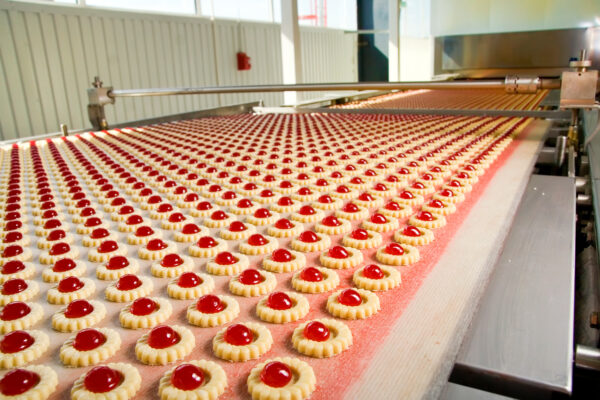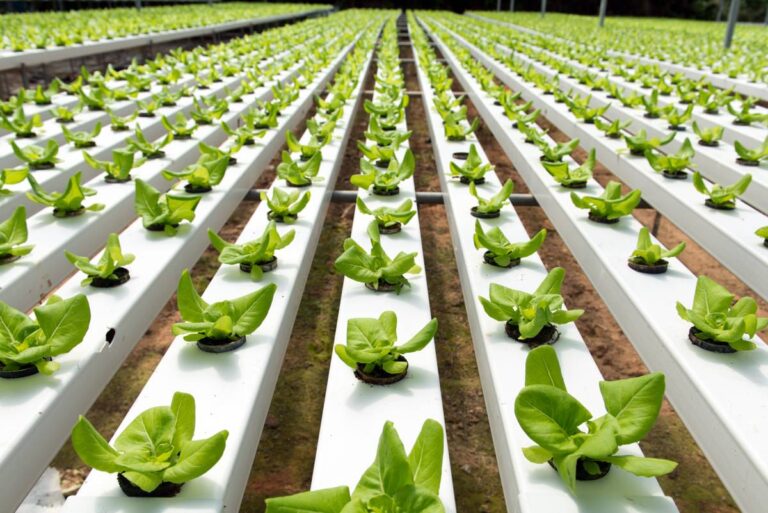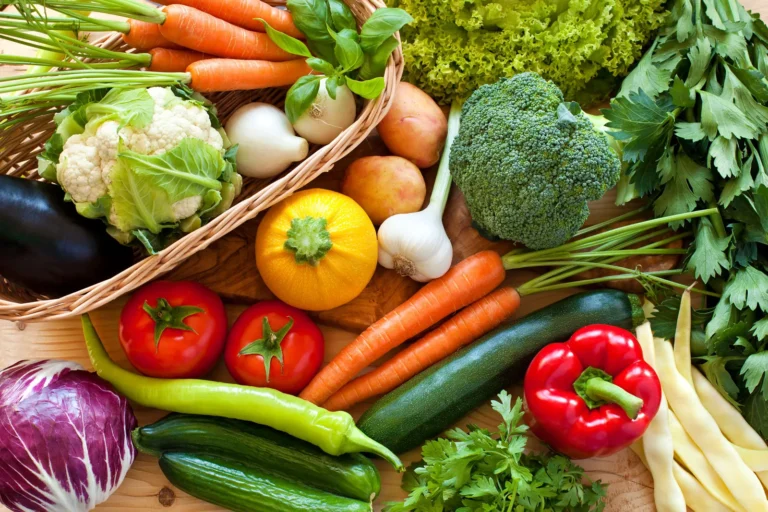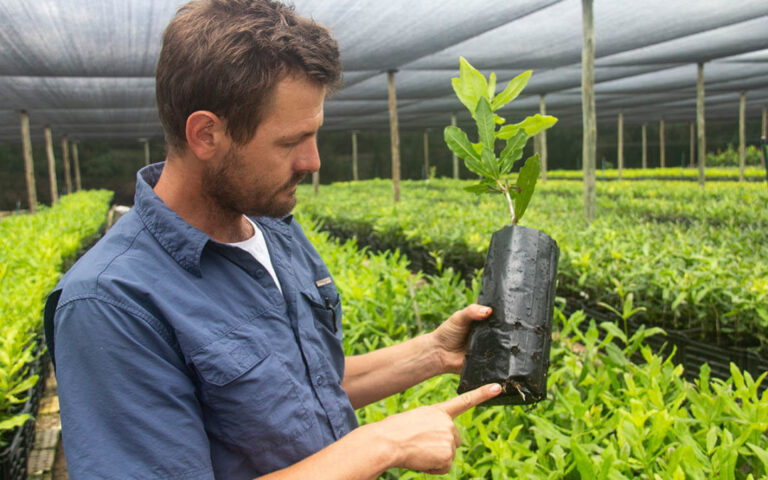Tomatoe green house
Introduction
The following business plan outlines the development of a tomato greenhouse that aims to produce high-quality, organic tomatoes year-round. The greenhouse will be located in a rural area with easy access to major highways and transportation hubs, allowing for efficient and cost-effective distribution of the product. The facility will utilize advanced hydroponic technology to maximize crop yields while minimizing water and nutrient usage. The greenhouse will also implement sustainable practices to reduce waste and conserve resources.
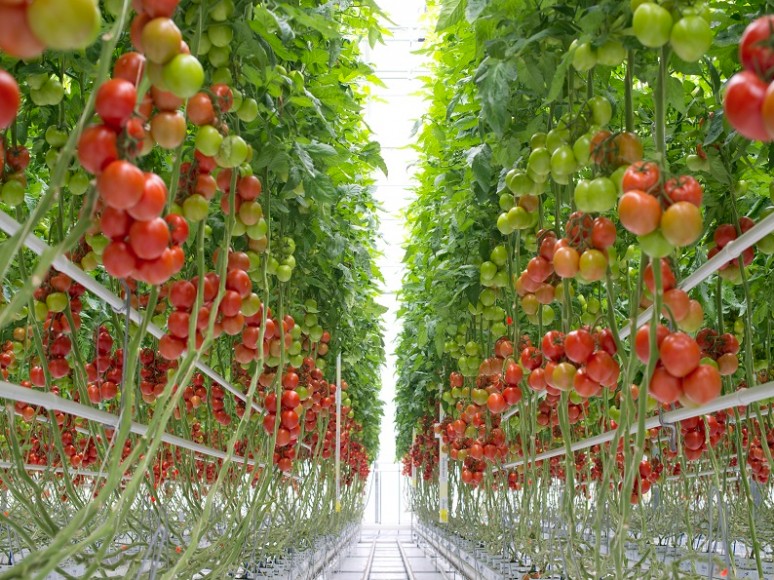
Market Analysis:
The market for high-quality, organic tomatoes is strong and growing. Consumers are increasingly seeking out fresh, healthy, and locally produced food, and there is a growing demand for organic produce. Additionally, the greenhouse will target the foodservice industry, which requires a steady supply of fresh produce year-round. By providing a consistent and reliable supply of organic tomatoes, the greenhouse can establish itself as a valuable supplier in the market.
Business Model:
The greenhouse will utilize hydroponic technology to grow tomatoes year-round. This technology allows for precise control of water and nutrient delivery, which maximizes yields and minimizes waste. The facility will also implement sustainable practices, such as composting and recycling, to reduce waste and conserve resources. The tomatoes will be sold to both retail customers and the foodservice industry, with a focus on establishing long-term partnerships with key customers.
Marketing Strategy:
The greenhouse will focus on building strong relationships with key customers in the foodservice industry, such as restaurants, hotels, and catering companies. The facility will also target health-conscious consumers who value high-quality, organic produce. Marketing efforts will include targeted advertising, social media campaigns, and participation in local farmers markets and food festivals.
Operations:
The greenhouse will utilize advanced hydroponic technology to maximize crop yields while minimizing water and nutrient usage. The facility will be equipped with automated systems for temperature and humidity control, as well as nutrient delivery and irrigation. The greenhouse will also implement sustainable practices, such as composting and recycling, to reduce waste and conserve resources.
Financial Plan:
The greenhouse will require an initial investment of approximately 500,000 to cover the cost of land, construction, equipment, and working capital. Revenue will primarily come from the sale of tomatoes to retail customers and the foodservice industry. The projected annual revenue for the greenhouse is 1..2 million, with a net profit of approximately 400,000. The greenhouse will be able to pay back its initial investment within three years.
Conclusion:
The development of a tomato greenhouse represents an opportunity to capitalize on the growing demand for high-quality, organic produce. By utilizing advanced hydroponic technology and implementing sustainable practices, the greenhouse can maximize crop yields while minimizing waste and conserving resources. With a strong marketing strategy and a focus on building long-term relationships with key customers, the greenhouse can establish itself as a valuable supplier in the market.
here’s an example profit and loss statement (also known as an income statement) for the tomato greenhouse business:
| Revenue | ||
| Tomatoes sold to retail customers | $800,000 | |
| Tomatoes sold to foodservice industry | $400,000 | |
| Total Revenue | $1,200,000 | |
| Cost of Goods Sold | ||
| Cost of tomato production and harvest | $450,000 | |
| Cost of packaging and shipping | $150,000 | |
| Total Cost of Goods Sold | $600,000 | |
| Gross Profit | $600,000 | |
| Expenses | ||
| Salaries and wages | $120,000 | |
| Rent and utilities | $50,000 | |
| Maintenance and repairs | $30,000 | |
| Marketing and advertising | $20,000 | |
| Insurance | $10,000 | |
| Miscellaneous expenses | $10,000 | |
| Total Expenses | $240,000 | |
| Net Profit | $360,000 |
Note: This is just an example and the actual financial statements for the business would depend on various factors, such as the actual production costs, pricing, and expenses incurred by the business. Additionally, this statement does not take into account taxes or other financial considerations that may impact the profitability of the business.


